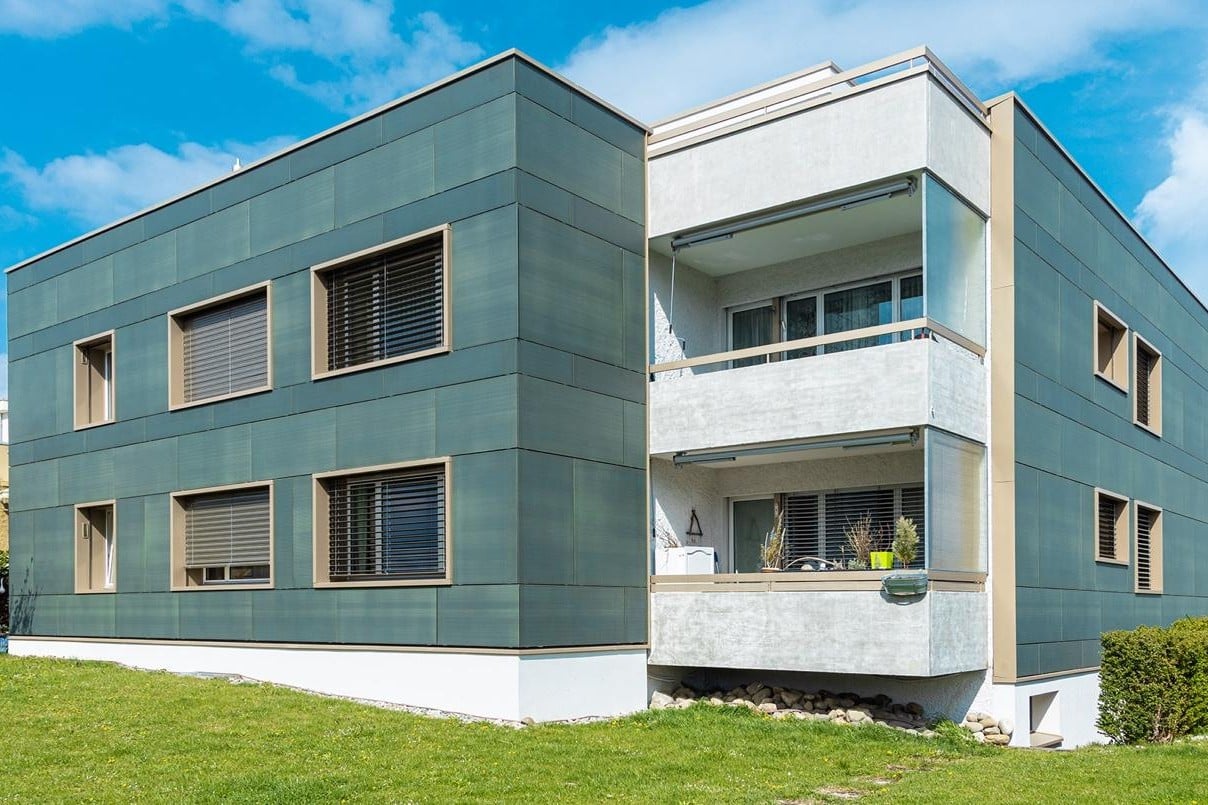BIPV

Imagine to transform any architectural surface in a green energy maker. BIPVs are truly elegant means of producing electricity on site, directly from the sun, without concern for energy supply or environmental harm. These solid-state devices simply make electricity out of sunlight, silently with no maintenance, no pollution, and no depletion of materials. The system consists of integrating photovoltaic modules into the building envelope, such as a roof or main facade. Acting simultaneously as both building envelope material and electricity generator, provides savings in material and electricity costs, reduce fossil fuel use and ozone-depleting gas emissions, and add architectural interest to the building. Both the building owner


Our facade modules can be integrated into any kind of facade in construction or renovation phases. It substitutes traditional construction material by seamlessly integrating into any facade. Its high energy efficiency changes the way buildings work and reduces CO2 emissions making the building sustainable.


Building-Integrated Photovoltaics (BIPV) is a cutting-edge technology that seamlessly merges solar power generation with architectural design. BIPV systems are a prime example of innovation in sustainability and clean energy. This technology not only promotes eco-friendliness but also aligns with the United Nations’ Sustainable Development Goals (SDGs) along with achieving BREEAM and LEED ratings on projects, this makes BIPV a compelling choice for builders and property owners committed to a greener future.
BIPV integrates solar panels into various components of a building’s structure, including roofs, facades, windows, and walls. These solar panels are designed to be aesthetically appealing and functional, effectively converting sunlight into electricity. BIPV technology enhances energy efficiency in buildings by harnessing solar power, reducing greenhouse gas emissions, and curbing electricity costs. This integration of energy generation within the architectural framework is the defining feature of BIPV.
In the realm of sustainable architecture, BIPV serves multiple critical functions:
- Energy Generation: BIPV systems contribute to a significant reduction in energy consumption by generating clean electricity, reducing a building’s reliance on fossil fuels, and decreasing its carbon footprint.
- Architectural Aesthetics: BIPV is versatile, allowing architects to incorporate solar panels in various creative ways to ornate solar cladding. It enhances the overall aesthetics of a building while fulfilling energy production requirements.
- Resource Efficiency: By optimizing space and reducing the need for separate solar installations, BIPV maximizes the use of available resources.
- Sustainable Design: BIPV promotes sustainable architectural practices by encouraging the use of recycled materials, reducing waste, and decreasing the demand for traditional building materials.
Governments around the world have recognized the potential of BIPV in promoting sustainability and combating climate change. They offer various incentives to encourage its adoption. In Europe, for example, countries like Germany, Switzerland, France, and Spain have implemented feed-in tariffs, tax incentives, and subsidies to promote BIPV installation. These incentives help offset the upfront costs of integrating BIPV systems, making them more financially attractive to builders and property owners.
On a global scale, BIPV aligns perfectly with the United Nations’ SDGs. Specifically, it contributes to Goal 7 (Affordable and Clean Energy) by reducing the carbon footprint of buildings and Goal 11 (Sustainable Cities and Communities) by promoting energy-efficient and environmentally friendly urban development. BIPV also supports Goal 13 (Climate Action) by mitigating the effects of climate change through reduced carbon emissions.
Return on investment (ROI) for BIPV systems can vary depending on factors such as location, building design, government incentives, and energy consumption patterns. Typically, BIPV systems have a higher initial cost compared to traditional building materials. However, the long-term benefits are substantial. Reduced energy bills, income from excess energy production (in some cases), and increased property value are key components of the ROI. In many cases, BIPV systems pay for themselves within a reasonable timeframe and continue to generate savings and income.



